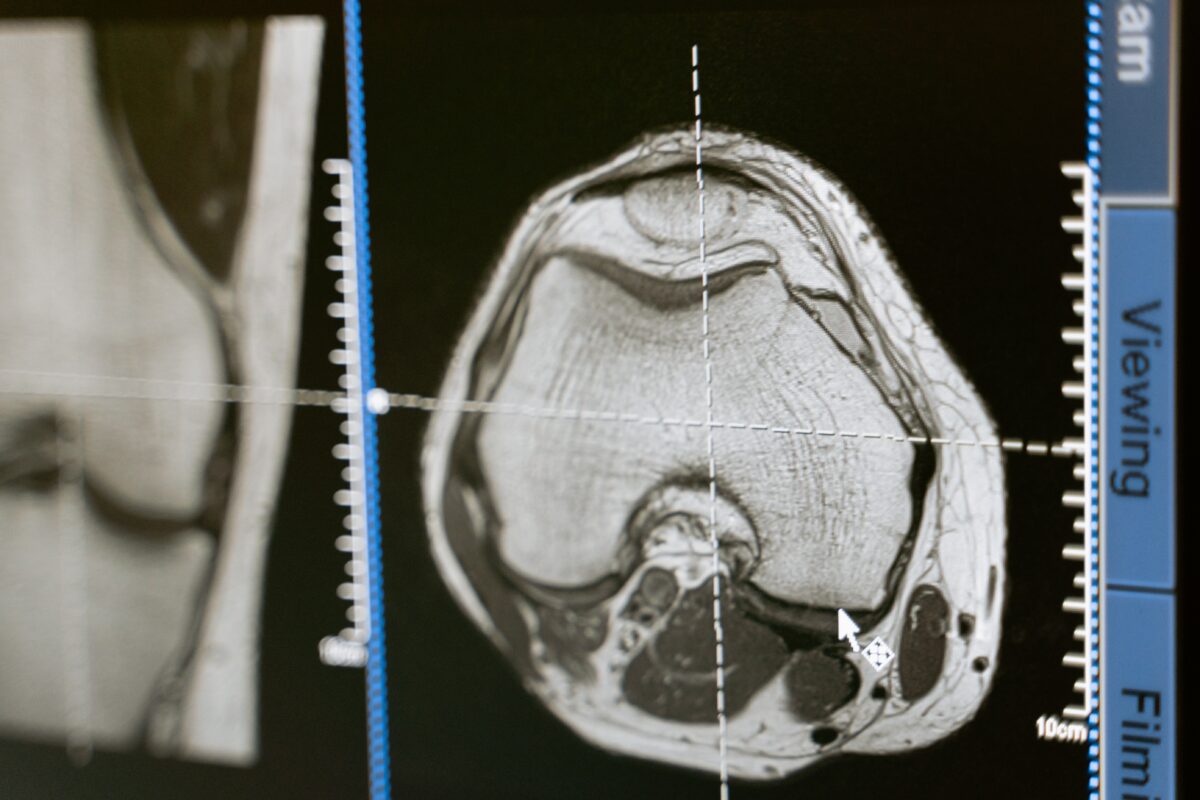Uncategorized
Innovations in cardiac imaging and diagnostics

Cardiovascular diseases (CVDs) continue to be a leading cause of mortality worldwide. Timely and accurate diagnosis is critical for effective management and treatment of these conditions. Fortunately, advancements in medical imaging and diagnostic technologies have revolutionized the field of cardiology. Innovations in cardiac imaging and diagnostics have provided healthcare professionals with powerful tools to visualize and assess the heart’s structure and function, leading to improved patient outcomes. In this article, we explore some of the latest innovations in cardiac imaging and diagnostics that are transforming the way CVDs are diagnosed and managed.
- 3D echocardiography:
Echocardiography, a widely used imaging technique, uses sound waves to create detailed images of the heart’s structures and blood flow. Traditional 2D echocardiography provides valuable information, but it may not fully capture the complexity of certain heart conditions. 3D echocardiography, also known as real-time 3D echocardiography, overcomes this limitation by providing dynamic, volumetric images of the heart. This innovation allows healthcare professionals to visualize the heart in three dimensions, enhancing the accuracy of diagnosis and guiding treatment decisions for conditions like congenital heart defects, valvular disorders, and heart failure.
- Cardiac magnetic resonance imaging (MRI):
Cardiac MRI has emerged as a powerful tool for non-invasive assessment of the heart’s anatomy, function, and tissue characteristics. It offers high-resolution images of the heart, allowing for precise evaluation of cardiac chambers, valves, and myocardial tissue. Cardiac MRI is particularly valuable in diagnosing conditions such as cardiomyopathies, myocarditis, and myocardial infarction. Furthermore, advances in cardiac MRI techniques, such as late gadolinium enhancement (LGE) imaging, enable the detection of myocardial scar tissue, which aids in risk stratification and treatment planning for patients with various cardiac conditions.
- Coronary computed tomography angiography (CCTA):
CCTA is a non-invasive imaging technique that uses computed tomography (CT) to visualize the coronary arteries and assess for coronary artery disease (CAD). It provides detailed, three-dimensional images of the coronary artery anatomy, allowing for the detection of coronary artery stenosis, plaques, and calcifications. CCTA has gained popularity as an alternative to invasive coronary angiography, especially in patients with low to intermediate risk of CAD. Its high negative predictive value makes it useful for ruling out significant coronary artery disease, guiding appropriate management strategies, and reducing unnecessary invasive procedures.
- Positron emission tomography (PET) myocardial perfusion imaging:
PET myocardial perfusion imaging is a non-invasive imaging technique that evaluates myocardial blood flow and identifies areas of reduced perfusion in the heart. It utilizes a radioactive tracer to assess regional blood flow, which can be indicative of coronary artery disease or myocardial viability. PET myocardial perfusion imaging provides valuable information for risk stratification, guiding revascularization decisions, and predicting outcomes in patients with suspected or known coronary artery disease.
- Artificial intelligence (AI) in cardiac imaging:
The integration of artificial intelligence and machine learning algorithms in cardiac imaging is a rapidly evolving area of innovation. AI-powered cardiac imaging tools can analyze large datasets and detect subtle abnormalities that may be challenging for human interpretation. For example, AI algorithms can aid in the automated quantification of cardiac function, identify myocardial scar tissue, and predict patient outcomes based on imaging data. AI-driven cardiac imaging is expected to enhance diagnostic accuracy, streamline workflow, and improve overall patient care.
Innovations in cardiac imaging and diagnostics have significantly transformed the field of cardiology. From 3D echocardiography and cardiac MRI to CCTA and PET myocardial perfusion imaging, these advanced techniques provide detailed and non-invasive assessments of the heart’s structure, function, and blood flow. The integration of artificial intelligence further enhances the diagnostic capabilities and precision of cardiac imaging. These innovations have not only improved the accuracy of CVD diagnosis but have also enabled personalized and targeted treatment strategies for patients. As technology continues to advance, the future holds exciting possibilities for further refining cardiac imaging and diagnostics, ultimately leading to better patient outcomes and improved cardiovascular care.


